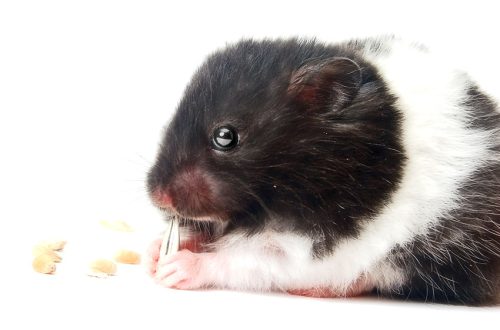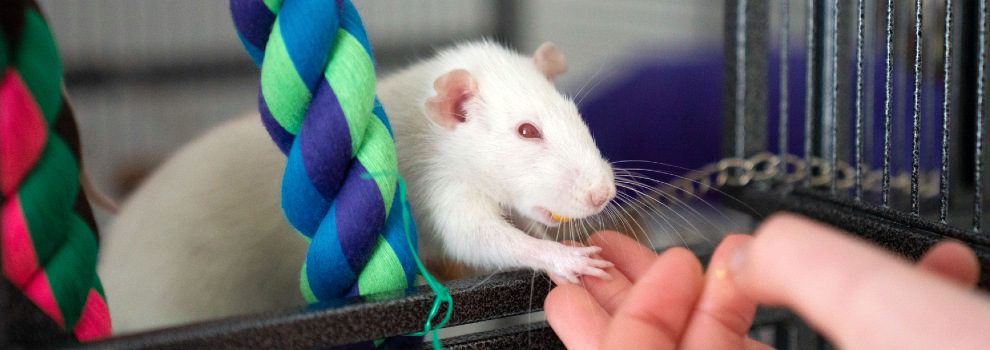
The behavior of domestic decorative rats
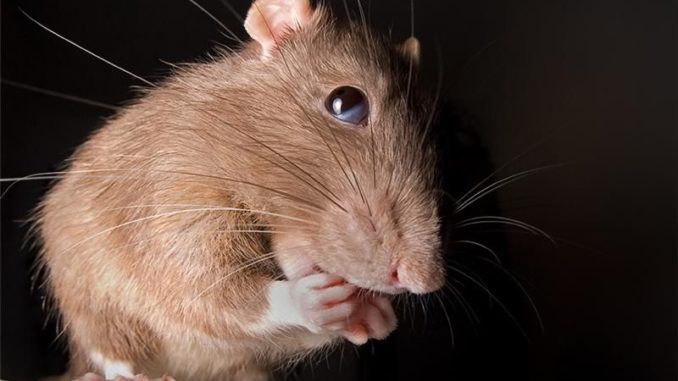
Domestic rats are cute rodents that are distinguished by social behavior. This factor makes them contact and sociable pets. Having studied the habits of the animals, you can quickly recognize all the shades of the pet’s mood and quickly respond to emergency situations.
Contents
The nature of rats
Interest in a person is an advantageous feature that ornamental rats have. Unlike hamsters, which often treat their owners with some coolness, rats are very friendly. Clever creatures willingly make contact and are able to express their own affection for the owner. Easily trainable.
Each individual has a special character and temperament, which determines the behavior of each animal. There are also gender differences. Males usually:
- calm;
- somewhat passive;
- quite phlegmatic.
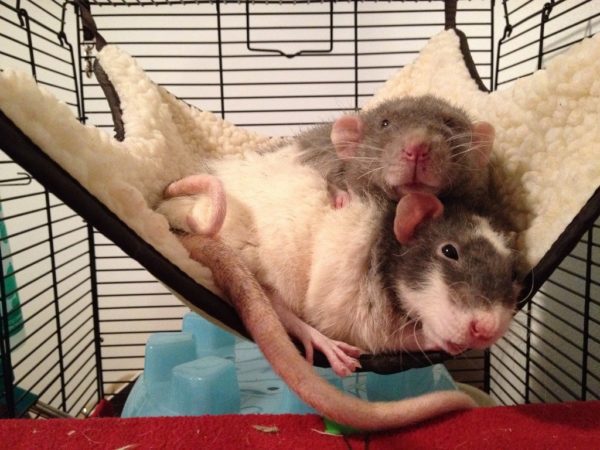
In contrast, females are animals prone to:
- curiosity;
- compassion;
- increased activity.
Given the fact that in nature rodents live in large families, it is recommended to provide a pet with a friend in games and joint grooming when kept at home.
Rat habits
The main habits that the domestic rat demonstrates are increased curiosity. With free movement around the room, the animal will climb and explore every corner. In this case, it is necessary to take care of the safety of the animal and remove all cables and wires: in addition to exploring the territory, the rats also tend to try everything by mouth.
When in contact with a person, a pet may grind its teeth or lick its fingers. This behavior speaks of the highest degree of love for the owner. A peculiar “purr” helps the rodent demonstrate joy and affection.
Fun Features
There are also features of behavior that cause bewilderment and even fear among novice owners. However, this is how rats demonstrate the nuances of mood and declare needs.
Squeal and squeak
Thus, the animal expresses protest and displeasure with the actions of a fellow or owner. A continuous sound may indicate that the animal is in pain.
Rumble at night
Rats are nocturnal animals, like many rodents. The peak of activity occurs at night, when the animal plays or rattles feeders.
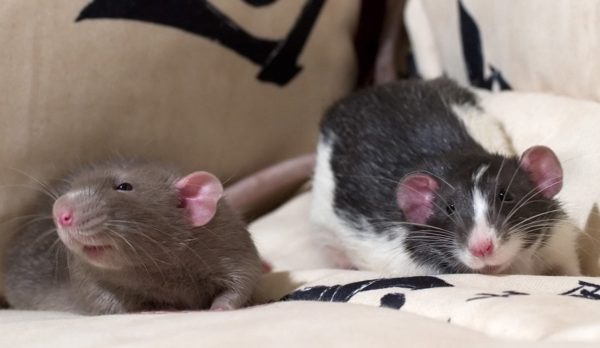
scavenger hunt
The resourcefulness of animals knows no bounds. Encountering pieces of plastic, fabric, wood or paper on their way, rats drag them into a corner of the cage.
Boxing
Two males, standing on their hind legs and fighting with their front legs, find out which of them is dominant.
Digging into filler
In the wild, rodents live in burrows, so once in a cage, they look for a familiar and comfortable place to sleep.
mustache wiggling
For pets, this is a kind of navigator, and with the help of vibrissae, animals study the objects they encounter.
bulging eyes
From the outside it may seem that the pet is bad, in fact, for the animals it is a way of relaxation.
Knowing about all the nuances that distinguish the behavior of rats, you can be moved by their funny antics and even train them – animals are well trained in various tricks.
The habits and nature of domestic rats
3.3 (66.67%) 18 votes






